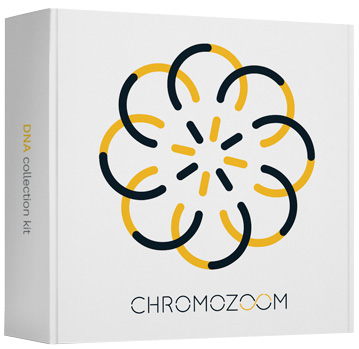Role of vitamin C in skin
The health and appearance of the skin not only influence the care that we devote to it externally but above all our skin nutrition and nutritional status of the skin. Macronutrients (proteins, carbohydrates, and lipids) and micronutrients ( vitamins, mineral substances, and trace elements) received from the diet, along with other factors, have a distinct effect on the condition and appearance of the skin.
Vitamin C, also called ascorbic acid, is one of the most important water-soluble vitamins involved in a wide range of biological processes. Vitamin C deficiency can lead to the impairment of biological processes in the skin and may cause skin problems (skin fragility, bleeding, poor healing, thickening of the stratum corneum - the uppermost layer of the epidermis) and cosmetic defects (wrinkling, flappy skin, dry skin).
Throughout life, the skin is exposed to a number of factors, which may affect its structure, function, and appearance. The aging process, contributing to the loss of elasticity and to wrinkle formation, and solar radiation effects, causing pigmentation and accelerating wrinkle formation, are the main internal and external factors affecting the appearance of the skin. UV radiation reduces the content of vitamin C in the dermis, which prevents peroxidation of lipids (fats) and protects keratinocytes from apoptosis (cell death).
Proper skin nutrition is essential to ensure normal skin functions, including collagen synthesis, keratinocyte differentiation, and antioxidant protection. Vitamin C is the major essential substance necessary for collagen synthesis and antioxidant skin protection. Antioxidant skin protection is the capability of vitamin C to eliminate skin impairment by free radicals arising due to solar radiation effects and a polluted environment. Vitamin C helps the formation of the top layer of the epidermis (stratum corneum), and thus protects the skin from loss of water and drying. The optimum vitamin C concentration, which would be beneficial to skin health and serve as protection against age-related changes, is not yet known.
Scorbutus
Scorbutus is a disease caused by long-term vitamin C deficiency in the diet. If a long-term decrease in plasma ascorbic acid levels reaches a value below 10μM, visible changes in the skin occur. Skin manifestations, such as the thickening of the stratum corneum and bleeding arise as a result of decreased collagen synthesis and increased blood vessel fragility. With the progression of scorbutus development, recurrent bleeding occurs, and wound healing deteriorates markedly. Sailors and passengers on long sea voyages suffered from scorbutus, most frequently due to a very poor diet without the necessary nutrients, including vitamin C.
Transport of Vitamin C in Skin
As soon as vitamin C enters into the bloodstream, it is drained from the blood into individual layers of skin using the specific transporters SVCT1 and SVCT2. These transport proteins, vitamin C-specific, are found throughout the body and are responsible for the transport of vitamin C into all tissues, and particular layers of skin. Cells in the epidermis form two types of SVCT transporters, unlike other tissues, where only the expression of SVCT2 takes place, ensuring more efficient extraction from the plasma and vitamin C accumulation in the epidermis of the skin. The SVCT1 and SVCT2 transporters have a different binding affinity (capability to bind with another substance) to vitamin C. The SVCT1 transporter transports vitamin C with a low affinity and a high capacity and ensures vitamin C intake from the diet and it's recapturing in the kidneys. SVCT2 is present in almost every cell in the body, and due to its high affinity and low capacity, also works at low concentrations of vitamin C.
High concentrations of vitamin C in the skin indicate that it provides a number of biological functions crucial for skin health. One of them is its role as the cofactor for enzymes (proline and lysine hydroxylases) stabilizing the structure of collagen and as support of the gene expression for collagen synthesis. Collagen production in the skin is ensured by the dermis in the form of the basal membrane and the collagen network. The dependence of hydroxylase enzymes on vitamin C has been demonstrated by many studies, wherein the absence of this vitamin, a decrease in collagen synthesis occurs, as well as in the degree of collagen networking.
Furthermore, vitamin C acts as a powerful antioxidant, along with other substances (vitamin E, glutathione, and a number of enzymes), is involved in protecting the skin from damage by the oxygen radicals generated by UV radiation. The antioxidant capability of vitamin C is increased in connection with vitamin E through mutual regeneration and recycling and reuse in protecting the skin from oxidative impairment.
Vitamin C in Cosmetic Products
Vitamin C in the form of ascorbic acid is unstable and quickly loses its activeness. For this reason, derivatives that are stable with respect to oxidation and penetrate the skin have been developed. The major obstacle to the effective penetration of vitamin C in the skin is stratum corneum, and therefore sera with a pH value of less than 4, allowing better transport through this skin layer, are recommended. The most stable and appropriate is the lipophilic molecule magnesium ascorbyl phosphate (MAP) - this lipophilic molecule is easily absorbed, has a skin hydrating effect, traps free radicals and increases collagen production.
